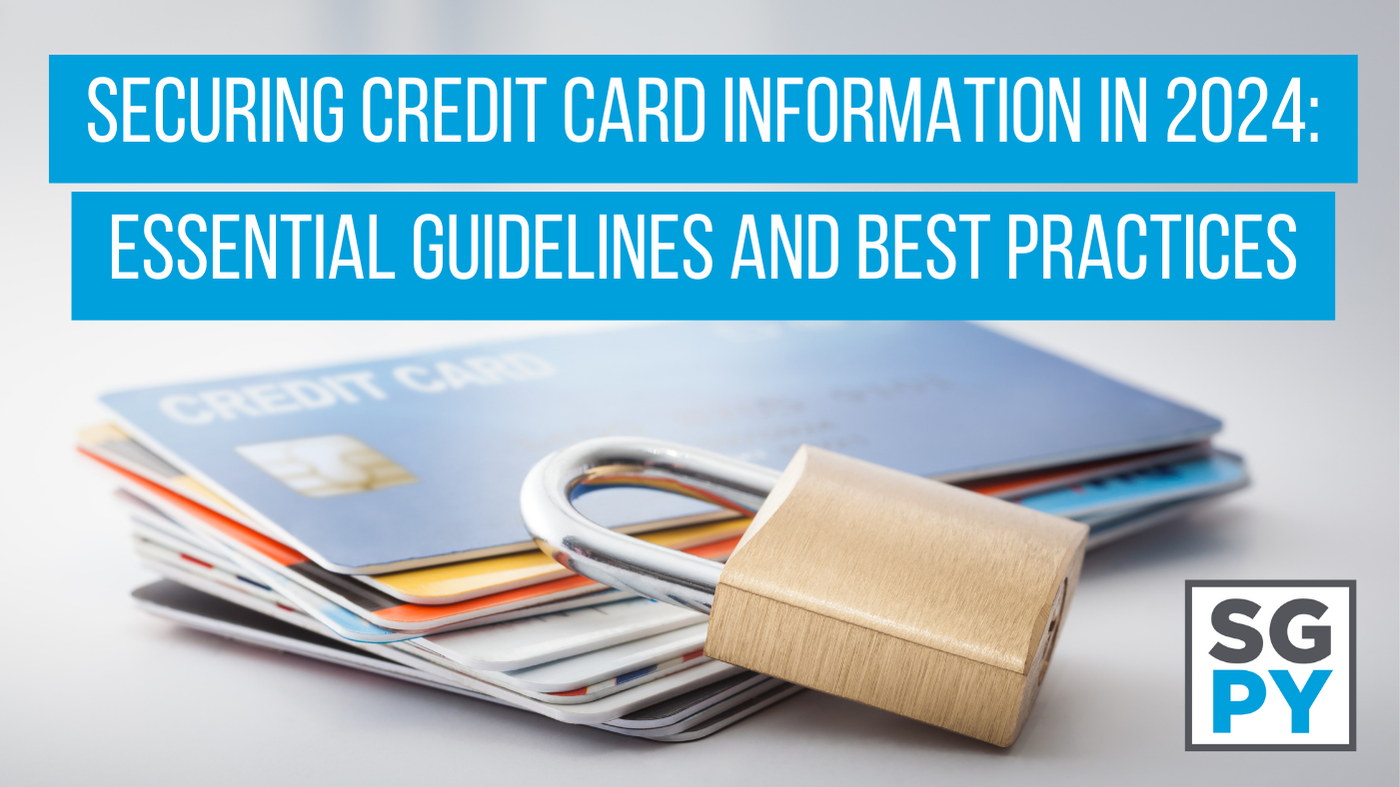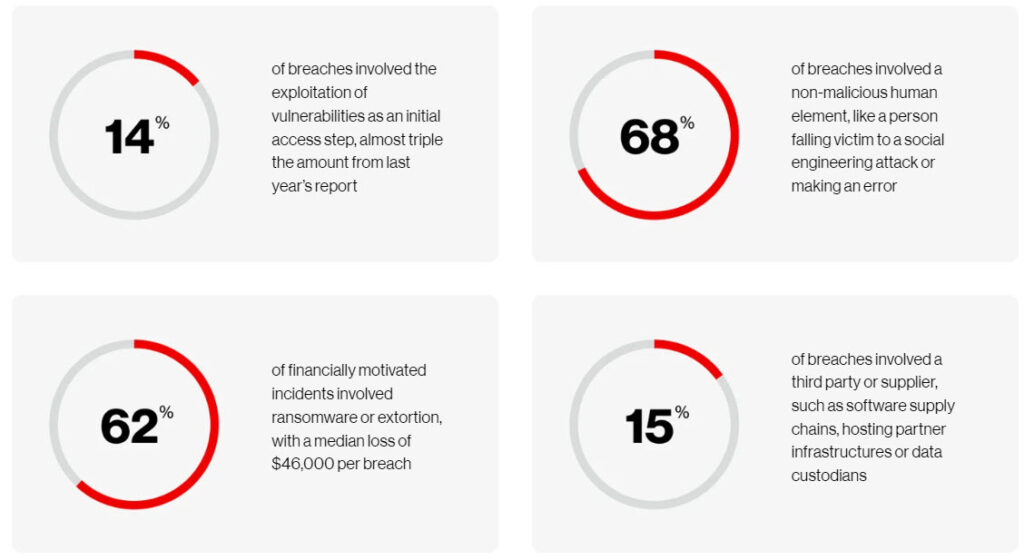Recent blog posts
The latest industry news, interviews, technologies, and resources
SignaPay Celebrates Fourth Appearance on Inc. Magazine’s Inc. 5000 List
FOR IMMEDIATE RELEASE Dallas, TX, August 13, 2024 – SignaPay, a premier provider of innovative payment solutions, is thrilled to announce its inclusion in Inc. Magazine’s prestigious Inc. 5000 list …
Closing B2B Merchant Sales: A Guide for Success
Closing merchant service sales takes more than a great pitch—it requires strategy, persistence, and a value-driven approach. Business owners need trusted payment partners who offer transparent pricing, reliable technology, and strong support. To succeed, sales reps must understand their prospects’ needs, lead with value, build trust, and confidently address objections. Using social proof, creating urgency, and following up effectively can turn hesitant prospects into long-term customers. By refining your approach and positioning SignaPay’s solutions as the best choice, you can close more deals and grow your portfolio. Ready to level up your sales game? Let’s get started!
The Secret to Passive Income and Career Growth: Becoming an ISO Partner
As the payment processing landscape evolves, Independent Sales Organizations (ISOs) have become pivotal in bridging the gap between merchants and financial institutions. For entrepreneurs and professionals in the payment industry, …
Navigating the Quantum Highway: From Morning Commutes to Payment Security at SignaPay
By: David Leppek, CTO SignaPay January 7th, 2025 As I navigate the intricate highways of Dallas, my GPS guides me effortlessly to SignaPay’s office in Irving, Texas. Recently appointed as …

